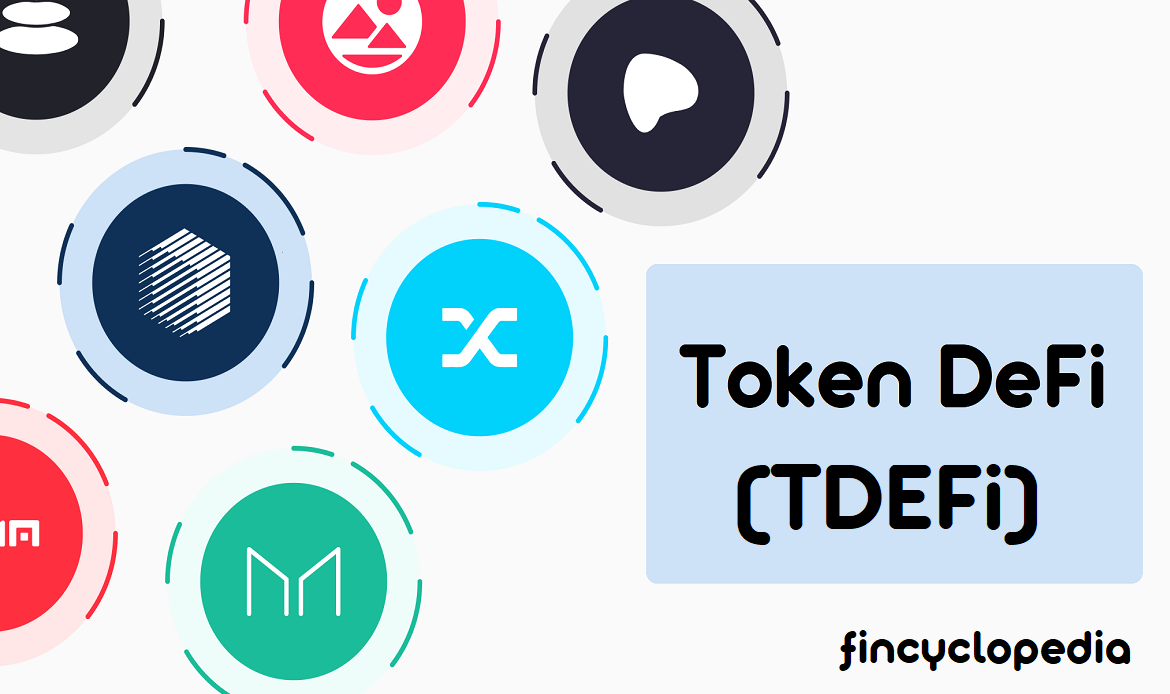A CDO tranche is the tranche of a CDO (collateralized debt obligation) that has its own risk characteristics and loss-absorption priority (seniority). There are four types of tranches, literally: senior, mezzanine, subordinate and equity). Losses are covered first by the classes that rank low (equity or junior tranches).
From every layer or tranche, a specific issue of securities is created (out of the underlying pool of collateral), varying from a very risky equity debt to a relatively risk-free senior debt. A CDO tranche is specified by its attachment and detachment points as percentages of the total pool of collateral.
On the other hand, a CDO index tranche is a synthetic collateralized debt obligation (synthetic CDO) based on a CDS index, where each tranche is associated with a different segment of the loss distribution of the underlying CDS index. The tranche has a tailor-made exposure to a specific segment of an index loss distribution. It allows market participants to trade correlation products (index related) according to their risk profile, standardized form and liquidity requirements. Index tranches (tranched index products) are similar in multiple respects to synthetic CDO tranches. However, the two sets of products differ in one key respect.
The main distinguishing feature of an index tranche is that it is standardized in terms of both the reference pool composition and the structure of the tranche. Index tranches are quoted by brokers on a daily basis, while synthetic CDOs are typically privately negotiated (and buy-and-hold transactions)- that is quotes are limited and market is illiquid. Index tranches, similar to other index products, can be bought and sold by investors in the market.
Each tranche, in an index, is defined by its attachment point (which in turn determines its level of subordination) and its exhaustion point (detachment point) (which determines the maximum loss of the underlying reference pool that would result in a loss of the entire tranche notional).







